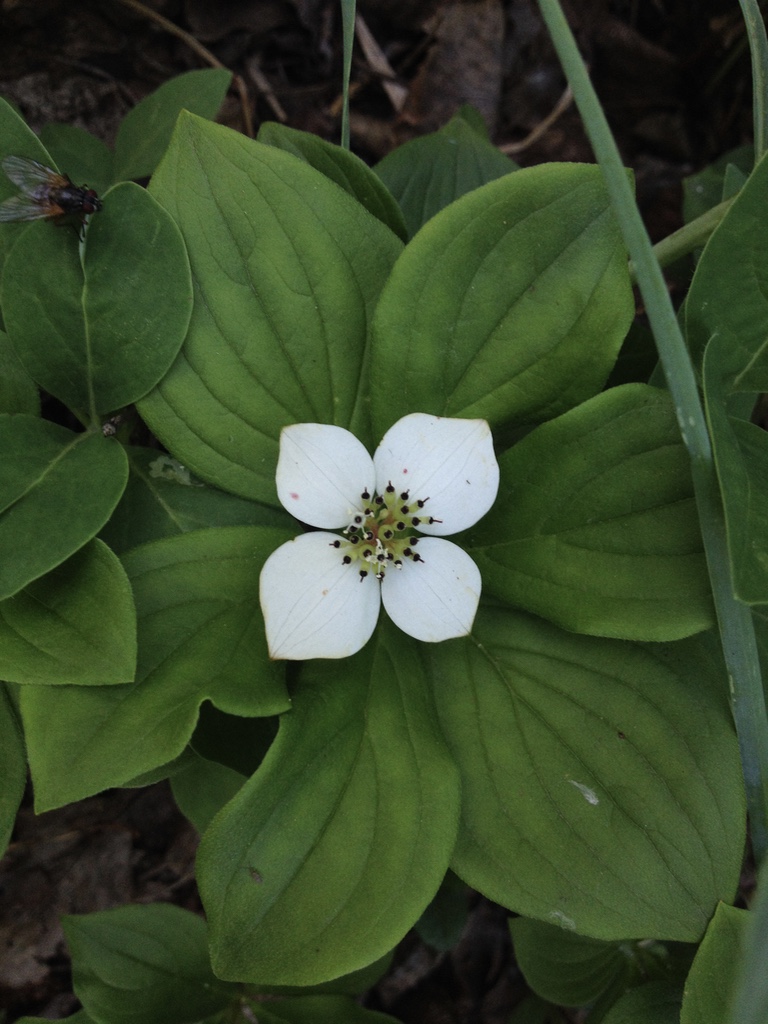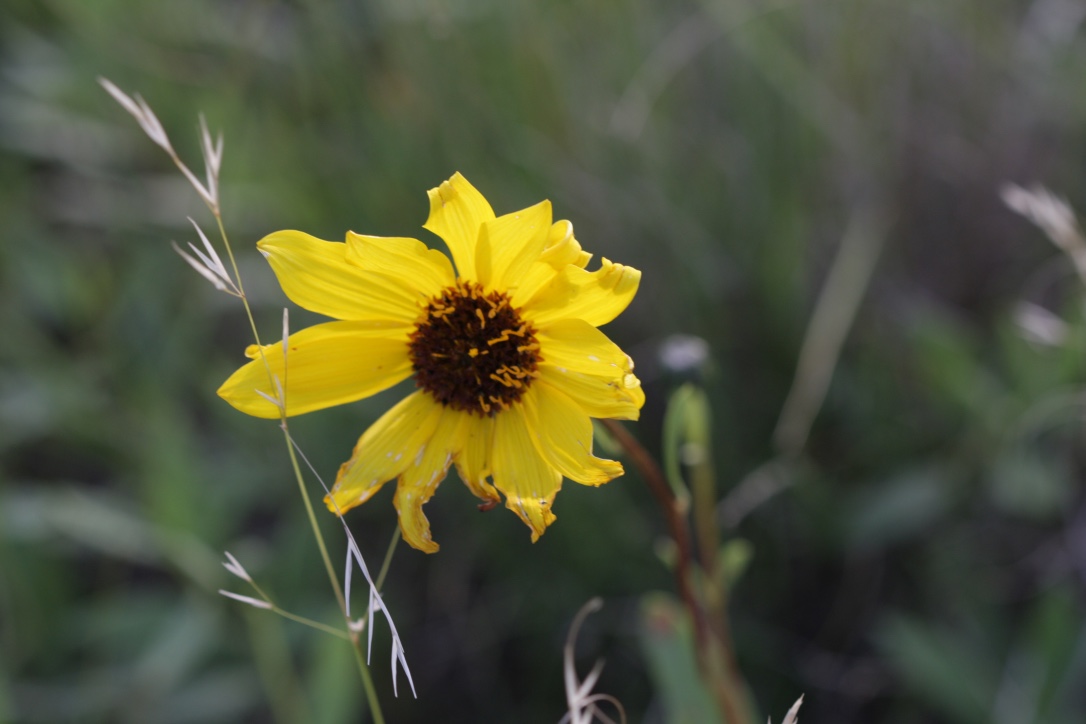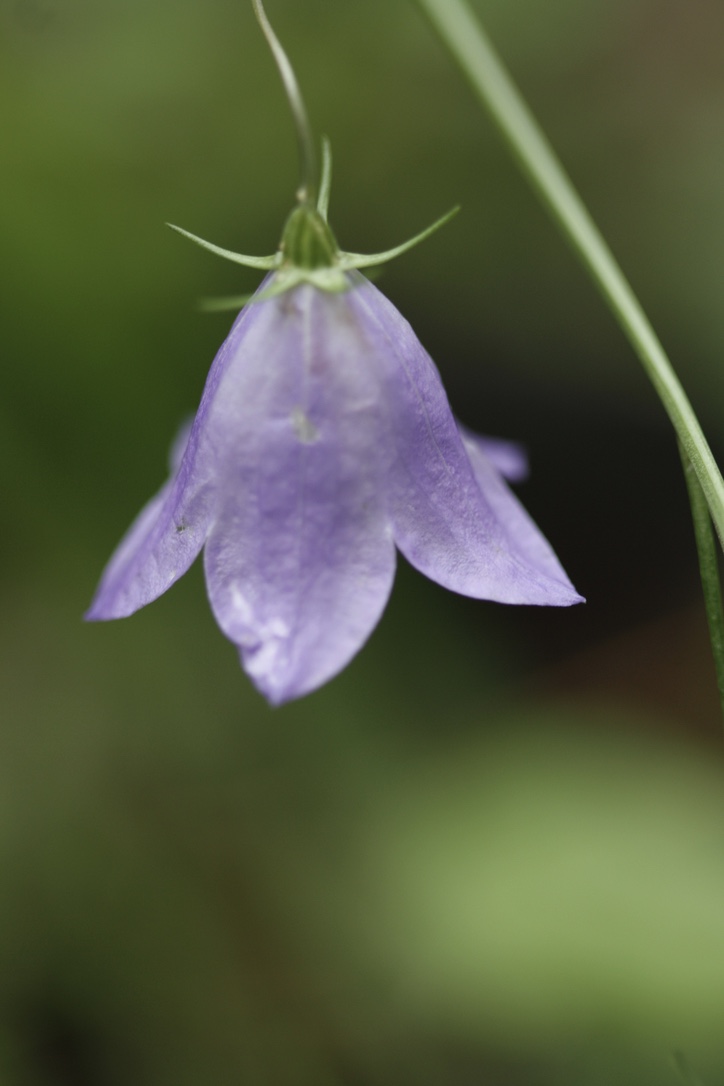Species
Forb SpeciesAbout Forbs
Forbs are herbaceous flowering plants that are not graminoids (grasses, sedges, or rushes). Several names are used to describe forbs: broad-leafed [-leaved] plants, wildflowers, or “weeds.” Forbs can be annual, biennial, or perennial. They come in a wide array of growth and flowering characteristics. Taxonomic families of forbs are also extensive, with approximately 100 families (with over 500 genera) in Alberta alone. These herbaceous plants can be found in all manner of habitats and plant communities. However, they are rarely a dominant species in a plant community, unlike with woody plants and graminoids. Exceptions are when they when climatic or human disturbance events allow a species to become an invasive noxious weed.
See below for illustrations of the different types of leaves, leaf arrangements, flowers, flower arrangements, and seeds within the forb guild.
“Almost every person, from childhood, has been touched by the untamed beauty of wildflowers.”
– Lady Bird Johnson
Forbs From a Rangeland Perspective
Even though forbs are the most famous of all types of plants in Kingdom Plantae, they are considered “inferior” because they do not produce as much edible forage material for livestock and wildlife as graminoids do. Many forbs can be called “weeds” because they will invade where bare soil or overgrazing occurs. Often they are indicators of deteriorating range conditions.
A number of species of forbs are poisonous to animals. However, most animals typically avoid eating these plants under normal conditions. Most of these plants taste bad (unpalatable), with the exception of larkspur. Plants only become toxic if there is nothing else for animals to eat and if there is a high quantity available. Such a scenario is sure to cause animals to become ill or die.
Legumes (Family Fabaceae) are of importance from a rangeland use perspective. They provide considerable amounts of nutritious forage for livestock and wildlife. They also are able to form mutually beneficial relationships with rhizobacteria in their roots to fix nitrogen. Other legume species are poisonous and may be considered undesirable.
Morphological characteristics of forbs
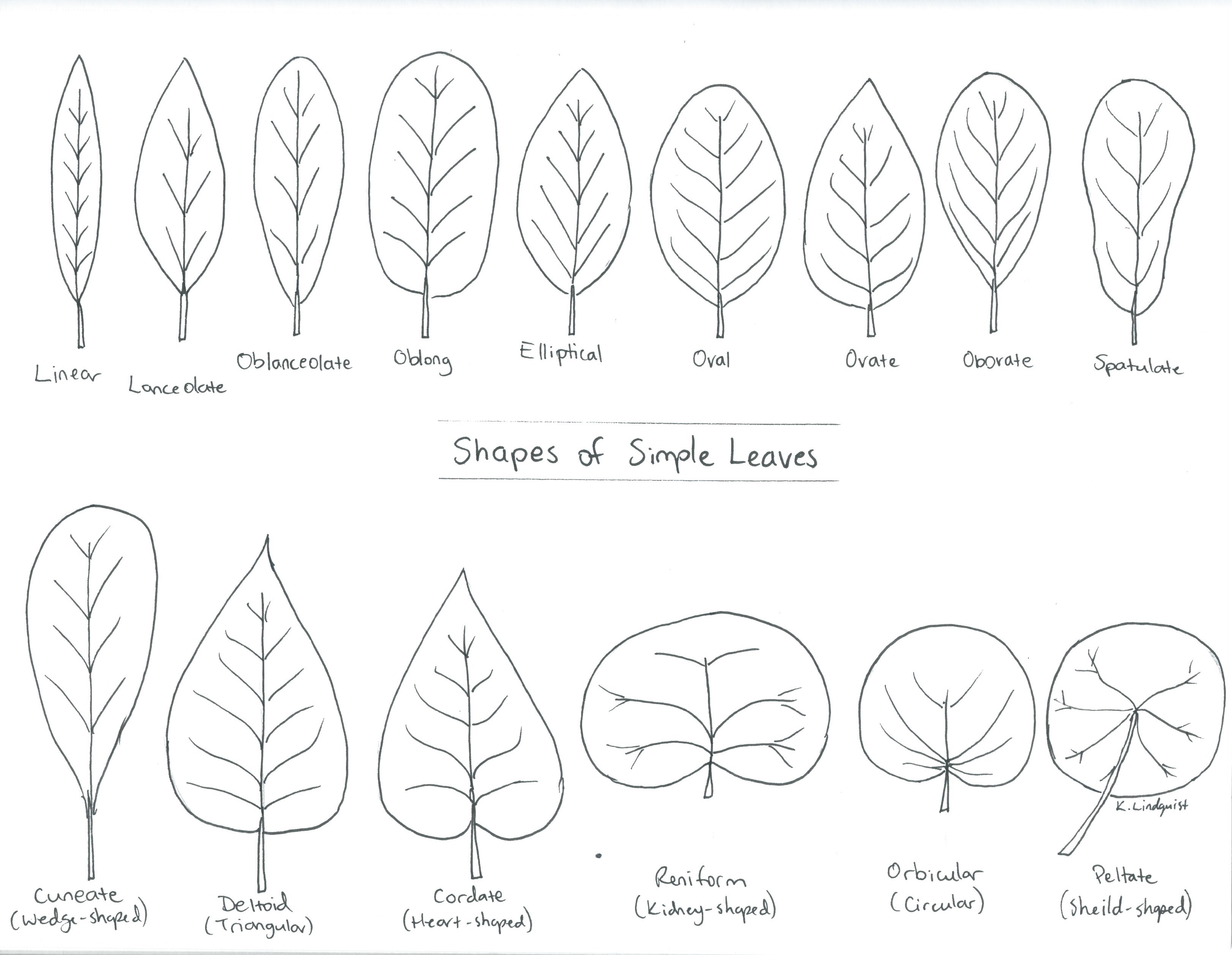
Shapes of Simple Leaves
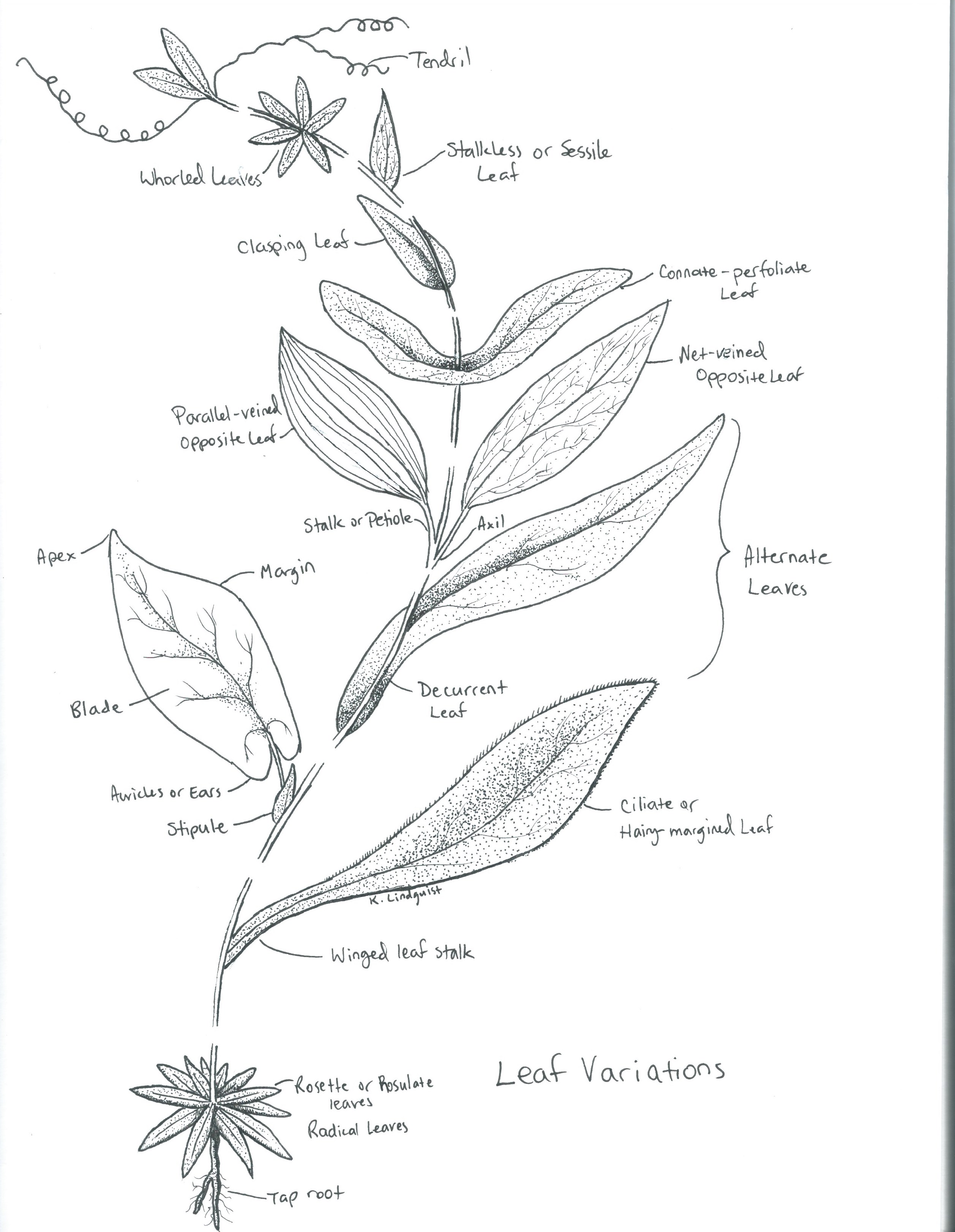
Variations of Leaves
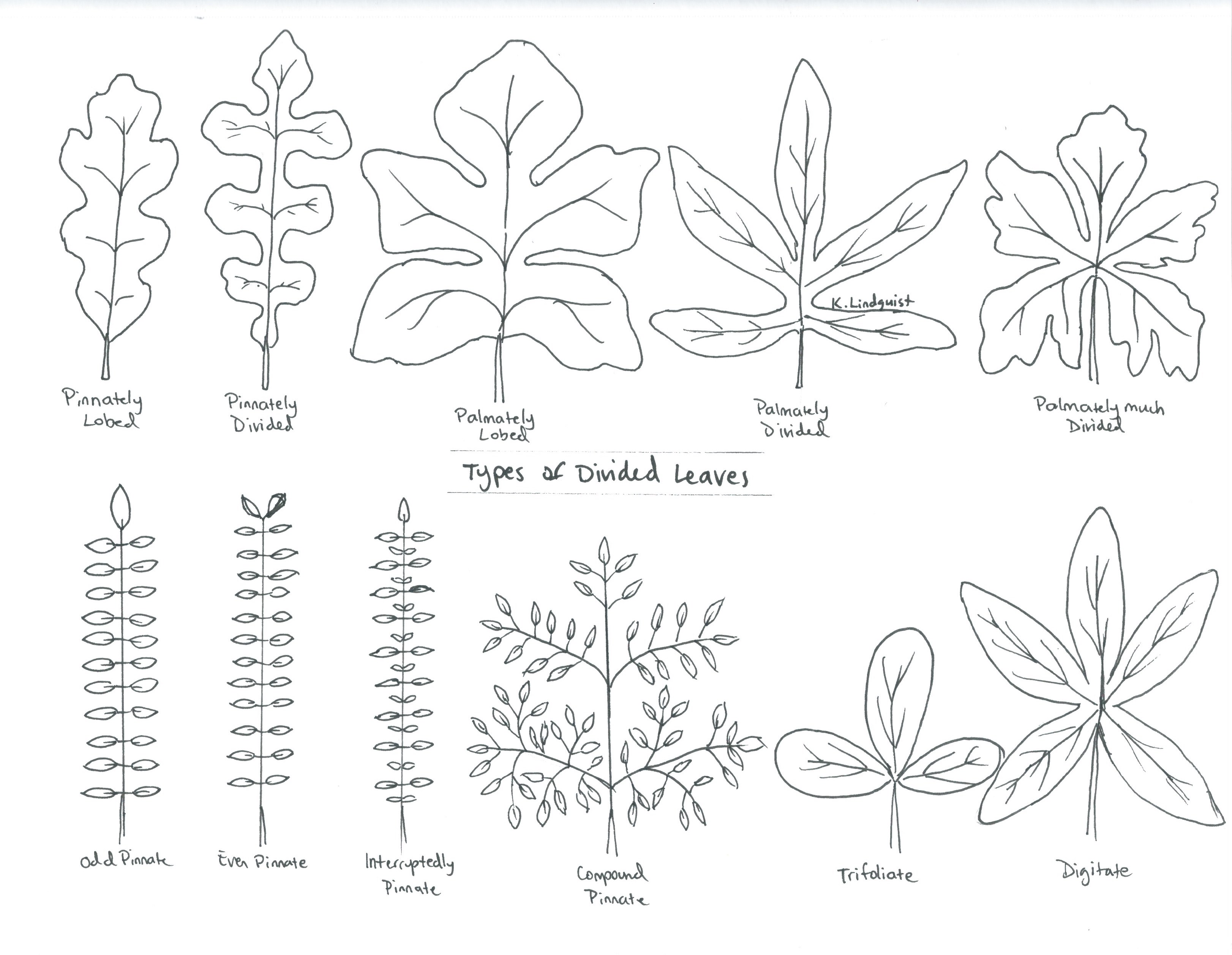
Types of Divided or Compound Leaves
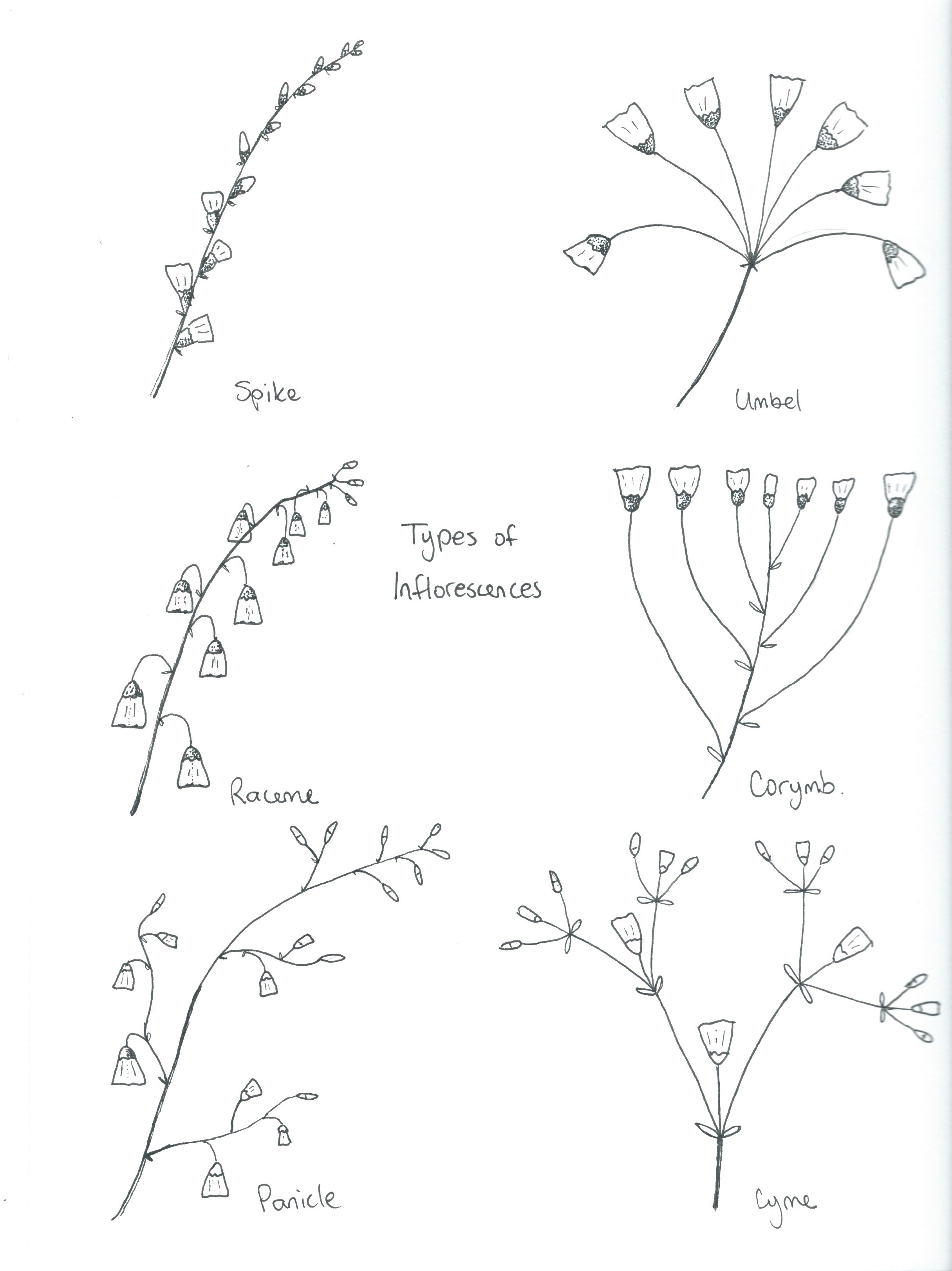
Types of Inflorescences of Forb Flowers

Parts of a Simple Flower (One-Flowered Wintergreen)

Characteristics of Composite Flowers & Fruit
Check out the different flower colours below. Each image links to a different page of that corresponding flower colour. Within that page, you will find numerous species to discover.
* Note: Species that have the asterisk (*) next to the name on the photos above indicate that the author is in the process of providing identification details and more information about that particular species.
Please note that ALL PAGES are currently under construction, with new photos (and captions) being added to. Check back regularly to see what’s new!
White Flowers
Forb species that are noted for their white to cream-coloured flowers.
Pink Flowers
Forb species that are noted for their pale to dark pink-coloured flowers.
Yellow Flowers
Forb species that are noted for their pale to deep yellow-coloured flowers.
Blue & Purple Flowers
Forb species that are noted for their blue to purplish-coloured flowers.
Orange & Red Flowers
Forb species that are noted for their reddish or orange-coloured flowers.
Green & Brown Flowers
Forb species that are noted for their green or brownish flowers.

